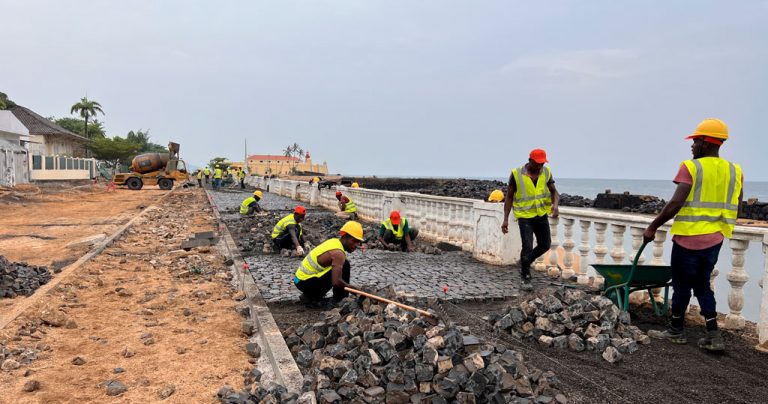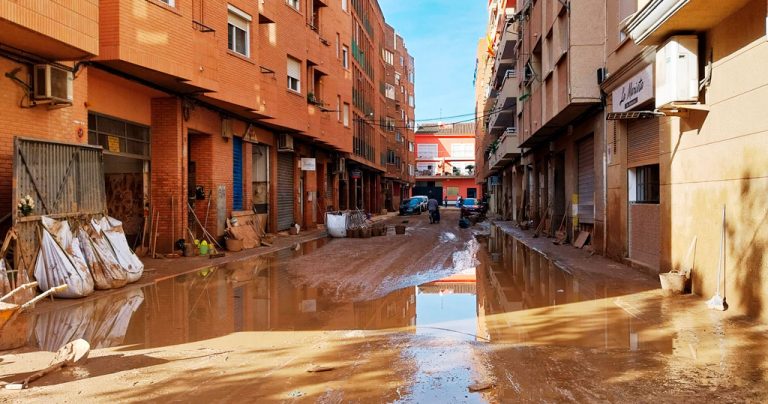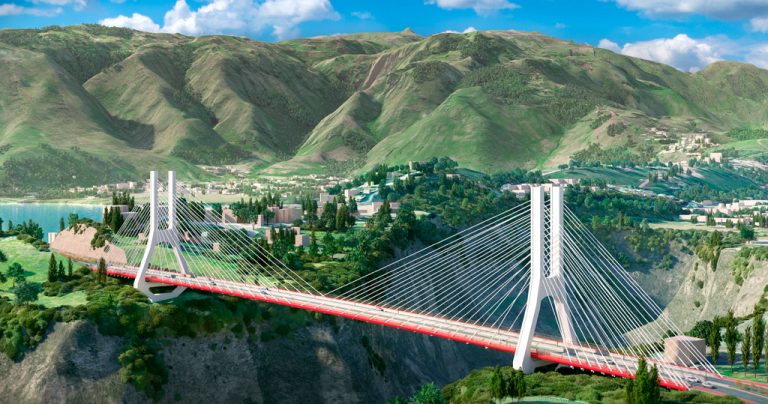The Alcalá de Guadaíra metropolitan tramline runs 12.5 km from the Pablo de Olavide University stop on Seville metro line 1 to the town of Alcalá de Guadaíra, in the area of Montecarmelo. The tram, with its connection to Seville metro line 1, provides a significant improvement in transportation services for a population of more than 236,000 inhabitants and to all users of the Seville metro.
The line begins its journey from the station at the Pablo de Olavide University, on the geographical boundary of the municipalities of Seville and Dos Hermanas, with a route that turns northeast to cross the Bajo Guadalquivir Canal and enter the municipality of Alcalá de Guadaíra. The route continues through the industrial, business and commercial area of Cabeza Hermosa and on into the urban centre of Alcalá de Guadaíra, bordering the A-92, and then terminates in the Montecarmelo neighbourhood.
Six years supporting a sustainable connection between cities
The new project involves two new electrified double tracks, one with a slab trackbed for 8.2 km in an interurban area, and another 4.3 km long in the urban centre of Alcalá de Guadaíra, with a tram type trackbed. The commercial time of travel is about 23 minutes, with stops at the 11 planned stations.
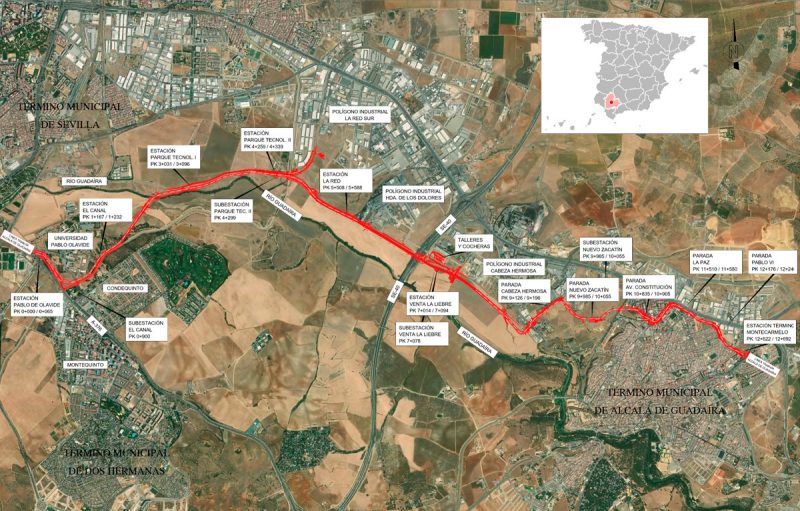 General plan of the intervention
General plan of the intervention
In a first stage, the project was developed by the previous Ministry of Public Works and Transport (now Development, Infrastructure and Planning of the Region) through the Public Works Agency, via assignments or management commissions. Once the initial phases of feasibility study and design were completed, in 2008 the execution phase of the works began. In this execution phase, the infrastructure
works were divided into three sections for construction purposes. The Technological Park-Adufe and the Adufe-Montecarmelo sections were completed in 2011, whilst the section Universidad Pablo Olavide-Parque Tecnológico is still ongoing as works were stopped due to budgetary problems arising from the economic crisis.
In 2018, TYPSA was awarded a contract requesting European funds for the completion of the works and the extension of Line 1 to Alcalá de Guadaira. Financing was approved by the European Commission, through the allocation of ERDF funds, which made continuation of the works possible.
Between 2019 and 2021, designs for the conditioning of infrastructures, workshops and depots were prepared. In 2022, TYPSA was awarded the detailed design related to the electrification system and railway systems (signage, communications, control, and security) of the entire line, between Pablo de Olavide University and Montacarmelo, as well as the finishes and non-railway MEP systems of the corresponding stations and stops.

Throughout 2024, contracts for the execution of works and construction management have been awarded, as well as for support services for the manufacturing of units and the control and quality of electrification systems, railway systems. and architectural finishes, with the following actions remaining for the completion of the tramway system:
- Electrification system (works)
- Railway systems (works)
- Architectural finishes and non-railway systems (works)
- Infrastructure and MEP systems of workshops and depots (works)
- Manufacture and supply of mobile material
- Supervising the commissioning of the works
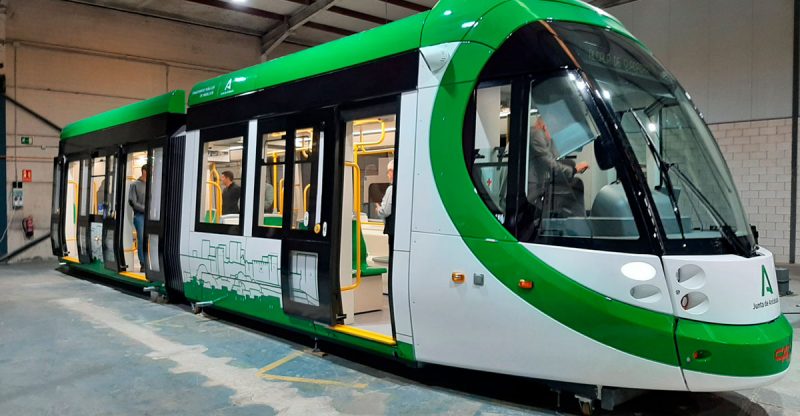 Model proposed for the Mobile Material
Model proposed for the Mobile Material
For the management of all these interventions, the General Directorate of Transport Infrastructures of the Ministry of Development, Regional Coordination and Housing has commissioned TYPSA, in association, with the “Design-build project management services for the tramway system completion”, which includes the following aspects:
- Establishment of a functional and hierarchical organisational structure of the office for the Design-build Project Management Support Services (ATGIPC) for the management and coordination of the project.
- Implementation of the Programme Management Plan, Executive Plan, General Work Programme and Detailed Work Programmes, which inform and assist the General Directorate of Mobility (DGM) in Project decision-making.
- Establishment of a matrix of responsibilities and a risk management plan to anticipate possible deviations from the programme, as well as the preventive and corrective measures necessary for its mitigation, together with a RAMS (Reliability, Availability, Maintainability and Security) procedure to ensure compatibility and integration of rail systems (electrification signage, etc.).
- Definition, implementation and development of a collaborative work methodology, and implementation of the BIM methodology among all project stakeholders (DGM, ATGIPC, construction directorates, health and safety coordinators, other support services and controlling bodies, construction companies, as well as other administrations and service companies that may be affected by the execution of the project) to manage and coordinate the flow of information in the most appropriate way for the project’s success.
- Implementation of a monitoring system of the general work programme and the detailed work programmes of each of the activities and sub-activities that form part of the project (detailed design, execution of the works, start-up and follow-up of the operation and maintenance during the first phase of tram use), to anticipate possible deviations and propose the necessary measures for its correction for commissioning within the established period.
- Establishment of a cost plan to enable budgetary monitoring of the investment required for the project, as well as the management of any changes, and providing support services to the DGM in the tender of any new works or services contracts that may be necessary.
- Implementation of a system that allows an adequate traceability of all the activities and processes involved in the project.
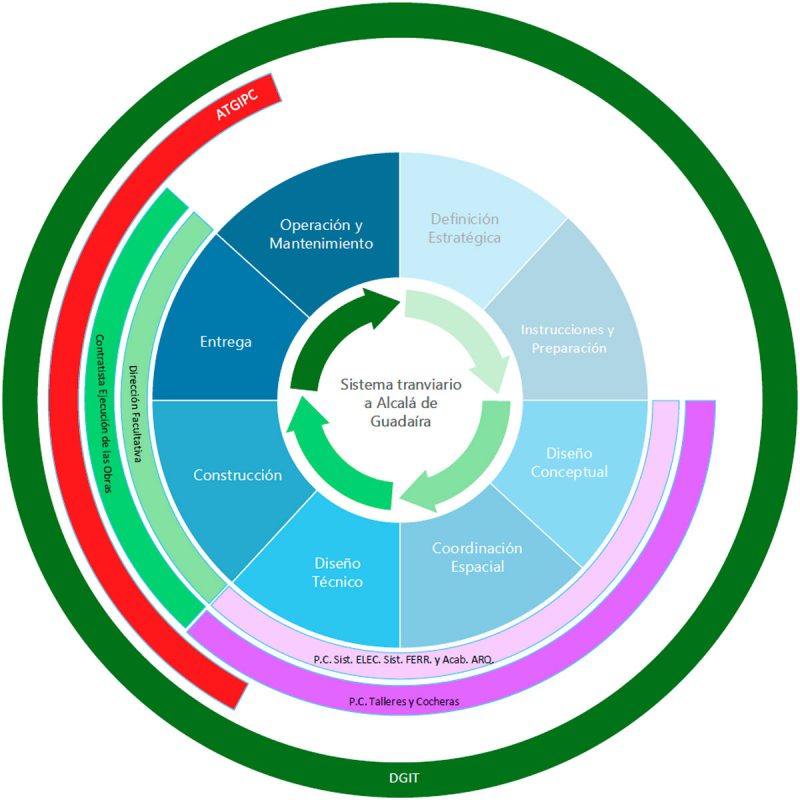
TYPSA leads the ATGIPC, through a wide team of professionals, including the head of construction supervision in charge of coordinating the four execution contracts, a supervisor for each work, surveying, administration and health and safety teams, who in turn provide support to each supervisory team. All of the foregoing fall under the project management team that coordinates the different execution contracts and the supply of mobile equipment, located in the offices installed in Alcalá de Guadaira.
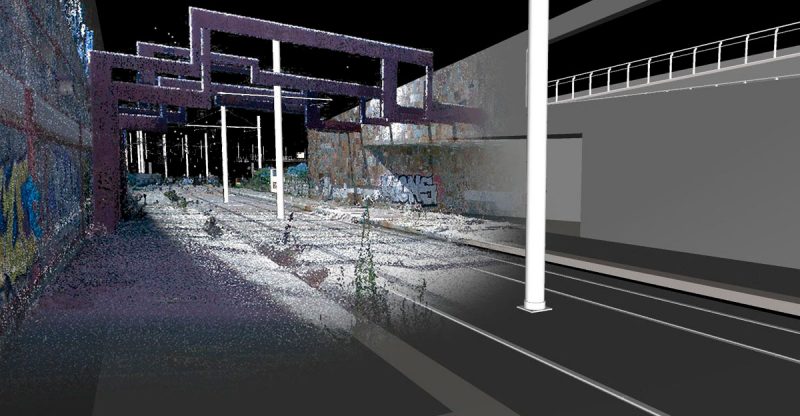 Point cloud superimposed on the architecture model of the Montecarmelo station
Point cloud superimposed on the architecture model of the Montecarmelo station
The General Directorate of Transport Infrastructures sees the development of the tram to Alcalá de Guadaíra as an opportunity for innovation and development. TYPSA responds to this opportunity, providing its extense experience in the implementation of the BIM methodology in tramway infrastructures, proving to be a leading engineering firm in the development of useful information models in the different phases of the infrastructure life span. From the beginning, the design has been carried out with this methodology, supported by LiDAR scanners and photogrammetric drone flights, to adapt the designed elements to the existing ones, reducing possible measurement and rethinking errors.
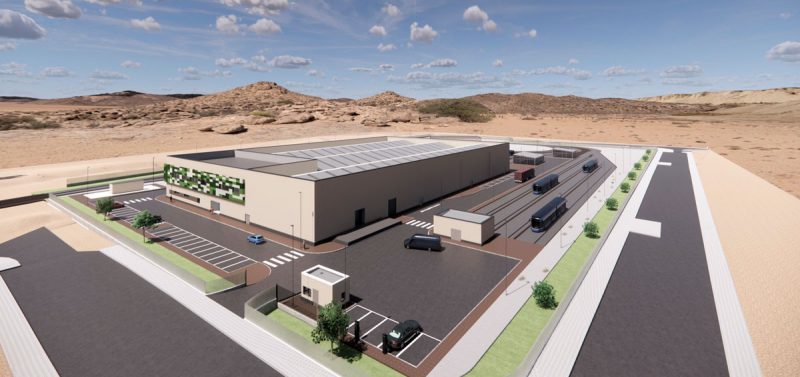 Infographic of the Depots at the Av. Constitución stop
Infographic of the Depots at the Av. Constitución stop
In the current context of project management, the BIM methodology is becoming more relevant when considering its implementation in future phases of the tramway, with the focus on the DGIT objectives and the current phase of development, and also in the maintenance and operation phase. TYPSA has offered modelling supervision services to obtain digital twins useful for the operation and maintenance of the tramway.
TYPSA has developed a collaborative work methodology between all the agents involved in the project, based on the BIM methodology and previous experience, such as the Madrid Chamartín-Clara Campoamor station. This allows managing and coordinating the flow of information between the DGIT, ATGIPC, construction management, health and safety coordination, support services, construction companies, controlling bodies, other administrations and potential service companies that may be affected by the execution of the tramway system.
Currently, the municipalities of Seville and Alcalá de Guadaíra are once again seeing activity on an infrastructure that has been stopped for 13 years. The contracts have already been awarded and TYPSA is supervising the coordination of all those involved in each of the activities, supporting the creation of a sustainable connection between Seville and its metropolitan area.

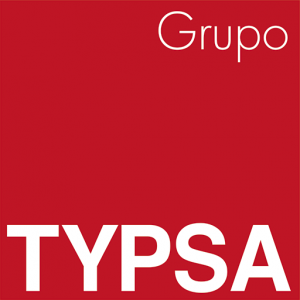
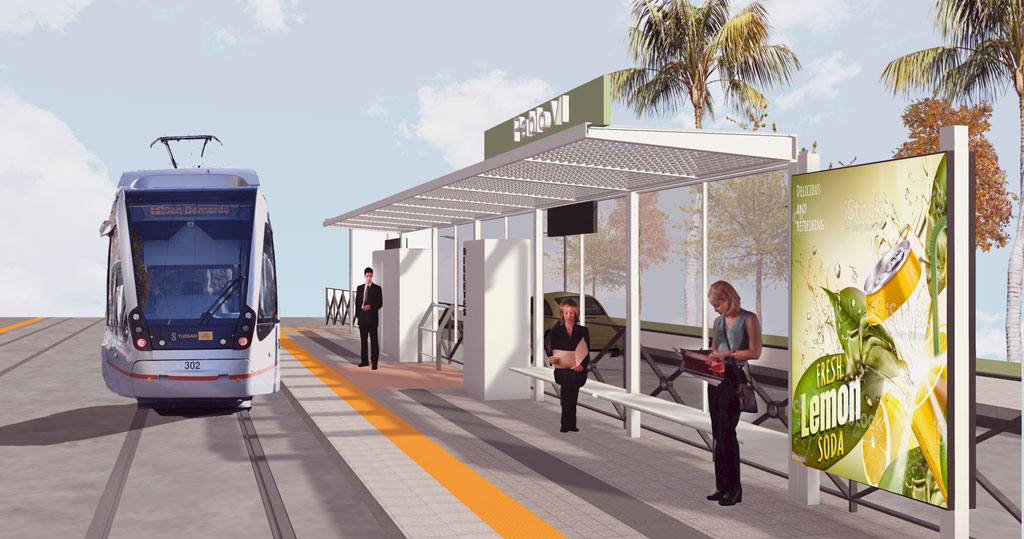
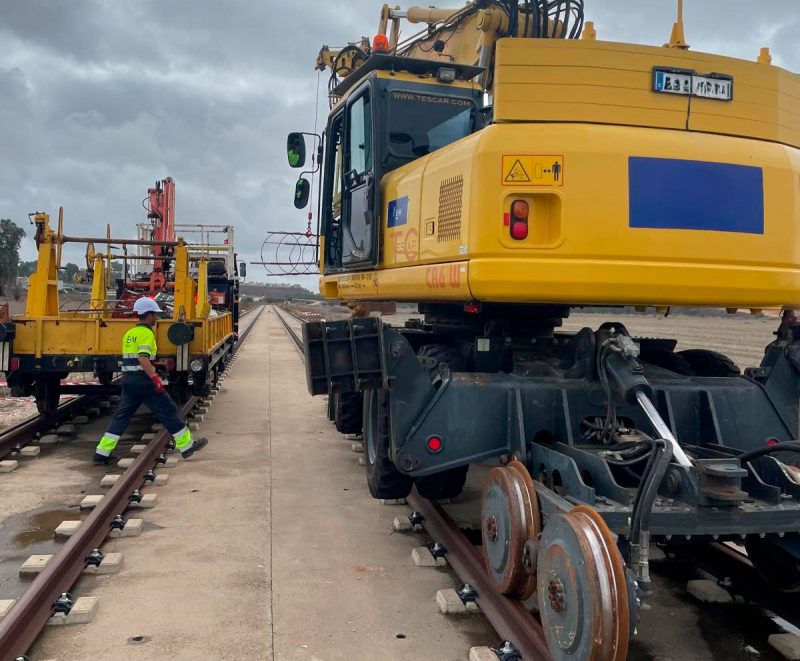 Road-rail truck (left) and hydraulic drilling machine (right) running the foundation wells
Road-rail truck (left) and hydraulic drilling machine (right) running the foundation wells